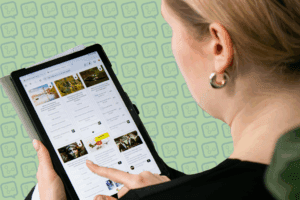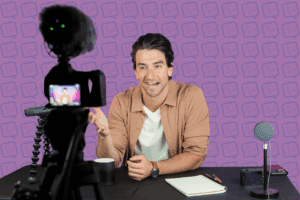Sponsorship Disclosure: A Simple YouTube Checklist For Creators

The FTC has done an excellent job helping influencers, brands and agencies better understand how to safely promote on social media. However, many brands have yet to rigorously follow these disclosure guidelines as closely as they should. As a creator, it is your responsibility to understand how to properly disclose your financial relationship with a brand, for your safety, the safety of your audience, and the future relationship with the brand. At InfluenceLogic we have a simple checklist we use when approving content that I think you might find valuable.
- Audible disclosure at the beginning of the ad: We suggest that creators start ads the same way every single time: “This video is sponsored by BRAND.” This is so important because we want to ensure the audience knows right from the start that you are being paid for this endorsement. Hiding the sponsorship disclosure at the end of the ad read can be deceptive and confusing for audiences. Tell your audience this portion of the video is sponsored and clearly articulate the name of the brand doing the sponsorship!
- Text disclosure in the description: People watch YouTube videos differently. Some listen in, pop between tabs, etc. In a long YouTube video, it can be easy to miss you mention a sponsorship disclosure audibly. For that reason, we ask all content creators to include, “This video is sponsored by BRAND” next to, above or below the text link and call to action. In any video you mention a brand, this should be at the top of the video description. A user should not have to click “show more” in order to see the disclosure.
- “Includes Paid Promotion” Checkbox: YouTube makes it easy for you to ad a visual disclosure to your video with the “Includes Paid Promotion” Checkbox. As you are uploading your content in the Creator Studio, you will be able to check this box, which will add another layer of disclosure to the video and ensure your audience’s safety.
Ultimately, the FTC wants to ensure that you are being clear in your disclosure and not trying to deceive your audience. Deception is not okay, and you will pay a big price for it. You’ll lose the trust of your audience, you put yourself at legal risk, and you put your brand partner at legal risk.
By following these three rules, you’ll put yourself in a great position and ensure a high level of brand and compliance safety. If a brand ever asks you to break one of these rules, have an honest conversation with them about why sponsorship disclosure is absolutely necessary. Any brand that insists you break the rules after that is not worth working with, and you should immediately terminate your relationship with them.





